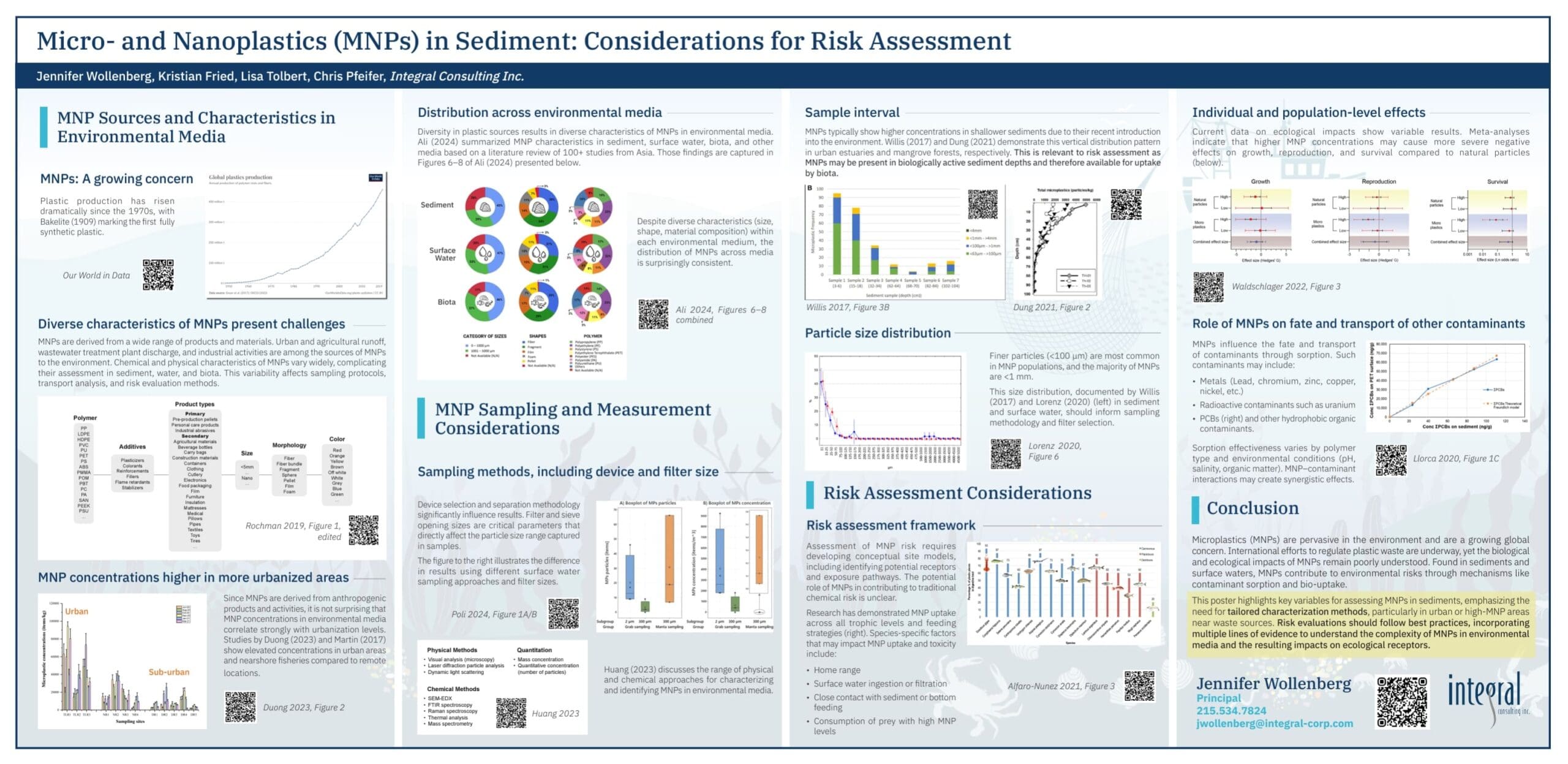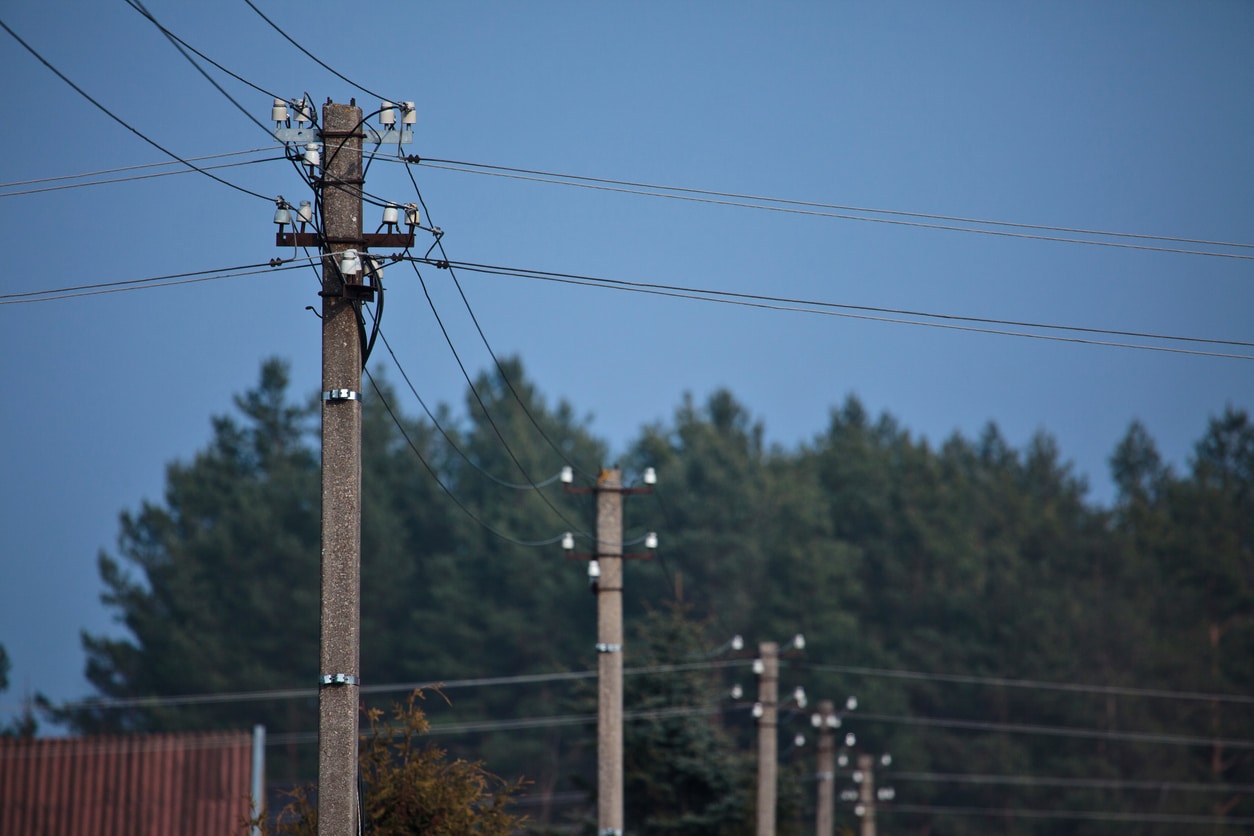
Ms. Lisa Tolbert is a consultant with 20 years of broad technical experience in the fields of environmental health science and toxicology, human health exposure and risk assessment, remedial site investigation and characterization, regulatory compliance, product safety, and engineering. As a health scientist, she has executed human health risk assessments for cancer and noncancer health endpoints from exposures to chemicals in various environmental media and consumer products, and provided toxicological, regulatory, litigation, and data analysis support for clients with contaminated sites throughout the U.S. As a chemical/environmental engineer, she has provided engineering support during the research, development, design, implementation, closeout, and documentation stages of environmental remediation and construction projects. Ms. Tolbert has managed or contributed to a wide variety of projects, primarily involving deterministic and probabilistic (i.e., Monte Carlo) human health and ecological risk assessment, screening and cleanup levels development, consumer product evaluation, and soil, sediment, and groundwater remediation. Other projects have involved excavation, dredging, vapor intrusion, post-application pesticide volatilization, leaking underground storage tanks (USTs), landfills, stormwater monitoring, and sampling of ambient air, groundwater, soil, soil vapor, and sediment in support of site characterization activities. She has experience working on sites contaminated with a variety of chemicals, including PCBs, petroleum hydrocarbons, PAHs, chlorinated solvents, arsenic, lead, pesticides, dioxins and furans, and contaminants of emerging concern, such as per- and polyfluoroalkyl substances (PFAS), as well as with products containing chemicals listed under the State of California’s Safe Drinking Water and Toxic Enforcement Act of 1986 (Proposition 65).
M.S., Environmental Health, Risk Assessment Concentration, University of Washington, Seattle, Washington, 2007
B.S., Chemical Engineering, Magna Cum Laude, University of Washington, Seattle, Washington, 2001
Engineer-in-Training, Washington (License No. 24849)
Project Management Training (2008, 2011, 2015, 2023)
First Aid/CPR Certification (most recently received 2017)
Hazardous Waste Operations and Emergency Response 40-Hour Certification (most recent refresher certification received 2017)
Visualizing and Analyzing Environmental Data with R Course (2017)
Contaminant Vapor Migration and Intrusion Course (2014)
Globally Harmonized System of Classification and Labeling of Chemicals Course (2013)
Establishing Cleanup under the Model Toxics Control Act (MTCA) Course (2013)
Project Management Training (2008, 2011, 2015)
Product Stewardship Society (2024-present)
International Association for Food Protection (2024-present)
Lisa Tolbert, E.I.T. Consultant
Ms. Lisa Tolbert is a consultant with 20 years of broad technical experience in the fields of environmental health science and toxicology, human health exposure and risk assessment, remedial site investigation and characterization, regulatory compliance, product safety, and engineering. As a health scientist, she has executed human health risk assessments for cancer and noncancer health endpoints from exposures to chemicals in various environmental media and consumer products, and provided toxicological, regulatory, litigation, and data analysis support for clients with contaminated sites throughout the U.S. As a chemical/environmental engineer, she has provided engineering support during...
Ms. Lisa Tolbert is a consultant with 20 years of broad technical experience in the fields of environmental health science and toxicology, human health exposure and risk assessment, remedial site investigation and characterization, regulatory compliance, product safety, and engineering. As a health scientist, she has executed human health risk assessments for cancer and noncancer health endpoints from exposures to chemicals in various environmental media and consumer products, and provided toxicological, regulatory, litigation, and data analysis support for clients with contaminated sites throughout the U.S. As a chemical/environmental engineer, she has provided engineering support during the research, development, design, implementation, closeout, and documentation stages of environmental remediation and construction projects. Ms. Tolbert has managed or contributed to a wide variety of projects, primarily involving deterministic and probabilistic (i.e., Monte Carlo) human health and ecological risk assessment, screening and cleanup levels development, consumer product evaluation, and soil, sediment, and groundwater remediation. Other projects have involved excavation, dredging, vapor intrusion, post-application pesticide volatilization, leaking underground storage tanks (USTs), landfills, stormwater monitoring, and sampling of ambient air, groundwater, soil, soil vapor, and sediment in support of site characterization activities. She has experience working on sites contaminated with a variety of chemicals, including PCBs, petroleum hydrocarbons, PAHs, chlorinated solvents, arsenic, lead, pesticides, dioxins and furans, and contaminants of emerging concern, such as per- and polyfluoroalkyl substances (PFAS), as well as with products containing chemicals listed under the State of California’s Safe Drinking Water and Toxic Enforcement Act of 1986 (Proposition 65).




- Product Stewardship
- Litigation Support
- Risk Assessment
- Remedial Design
- Toxicology
- Regulatory Compliance
- Site Assessment

